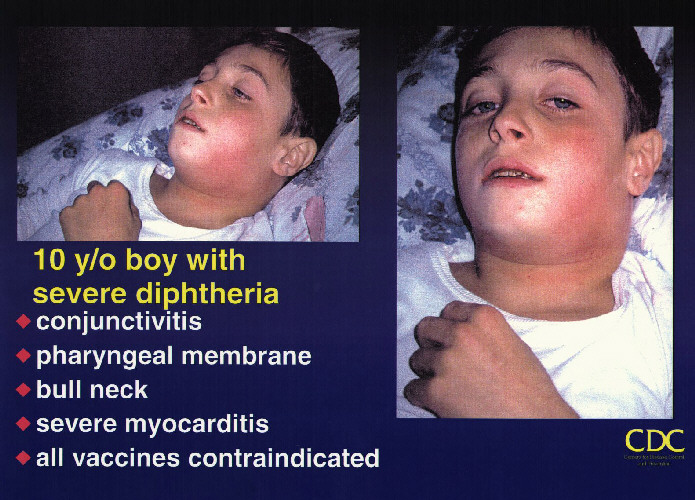Health officials on the South Pacific Ocean nation of Vanuatu have confirmed two diphtheria cases, according to a local media report.

Recent results from laboratory tests in New Caledonia have confirmed two cases of diphtheria in school children aged 11 and 13 years.
“The Ministry of Health is leading efforts to ensure families are protected against and treated for diphtheria,” stated Len Tarivonda, Director of Public Health. “Weekly coordination meetings with partners ensure we keep on top of this serious disease.”
The Ministry of Health says they have seen an increase in vaccine-preventable diseases this year.
Diphtheria is a dangerous respiratory disease is caused by a potent toxin produced by certain strains of the bacterium Corynebacterium diphtheriae. Diphtheria is extremely contagious through coughing or sneezing. Risk factors include crowding, poor hygiene, and lack of immunization.
Symptoms usually appear within a week of infection. This infection is characterized by a sore throat, coughing and fever very similar to many common diseases like strep throat. Additional symptoms may be bloody, watery discharge from the nose and rapid breathing. However, a presumptive diagnosis can be made by observing a characteristic thick grayish patch (membrane) found in the throat. In more severe cases, neck swelling and airway obstruction may be observed. In the tropics, cutaneous and wound diphtheria is much more common and can be a source of transmission.
The real serious danger is when the toxin that is produced by the bacterium gets into the bloodstream and spreads to organs like the heart and nervous system. Myocarditis, congestive heart failure and neurological illnesses of paralysis that mimic Guillain-Barre syndrome are most severe. Even with treatment, fatalities are still seen in up to 10% of cases.
- Mozambique one month post-Cyclone Idai: Cholera, malaria
- New Hampshire hepatitis A outbreak: Increases ‘concerning’, 1st death reported
- Metabiota Launches New Epidemic Tracker Website
- Malaria: Mass drug administration (MDA) can grant herd protection, according to study
- Lab Week 2019 with Dr Rodney Rohde
- Las Vegas area syphilis rate highest in country, Congenital syphilis increasing at an ‘alarming rate’
- Frozen Raw Tuna Salmonella Outbreak and Recall
- Cytomegalovirus, the RUSP and the National CMV Foundation


Hope this poor boy is doing fine now.